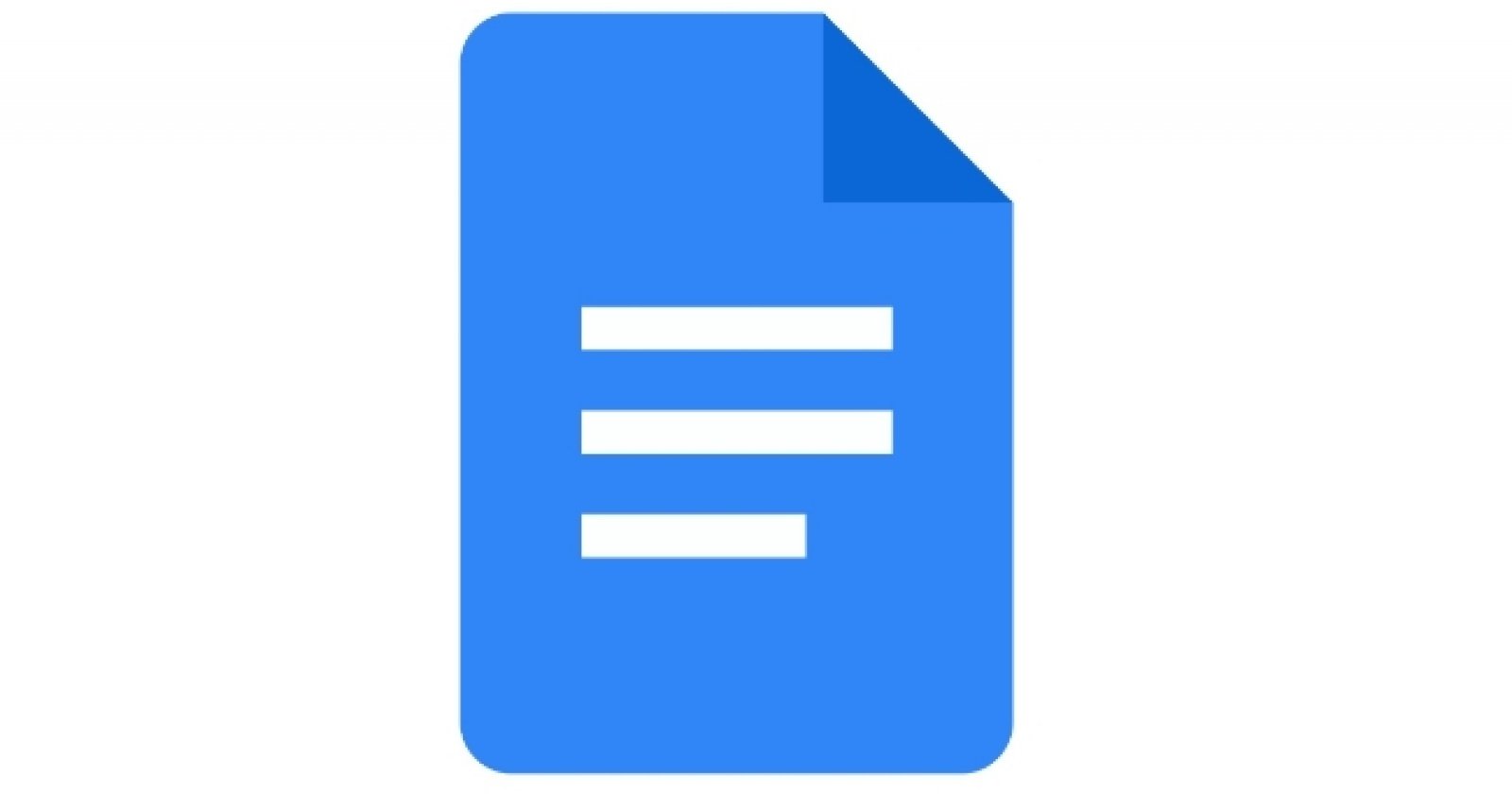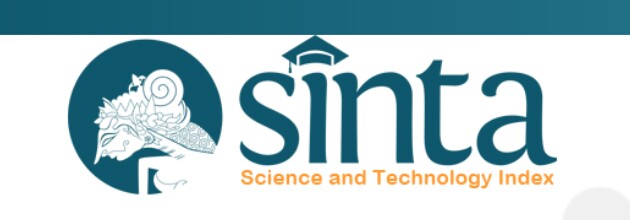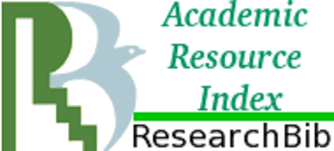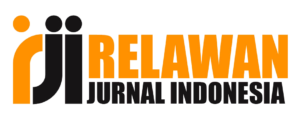HUBUNGAN ANTARA KARAKTERISTIK PETUGAS KODING DENGAN AKURASI KODE DIAGNOSIS
Abstract
The accuracy of the diagnosis codes obtained at RSU Wonolangan had not yet reached a code accuracy level of 100%. The work experience in coding and coding training of coders were still lacking. The research aims was to determine the relationship between the characteristics of coders and the accuracy of diagnosis codes at RSU Wonolanagan. This type of research was quantitative analysis with a cross sectional study. The population were 15 medical record officers and 4693 MRDs (Medical Record Documents). The sample were 5 coders and the MRDs sample was determined using a quota sampling technique, which were 150 MRDs samples taken from each coders, 30 MRDs. The research instrument used interview guides and questionnaires to collect data on the characteristics of coders, as well as checklist sheets for the accuracy of diagnosis codes. Data analysis used univariate and bivariate analysis with the chi square test. The results showed that most of coders (80%) were over 25 years old, most coders (80%) had work experience in coding for less than 6 years and most coders (60%) had never attended coding training. Based on the knowledge results, the majority (80%) of coders were in the good category. Code accuracy was 66.67% (100 MRDs). The chi square test showed the relationship between age (p=0.009), work experience (p=0.009), coding training (p=0.001), and knowledge (p=0.009) with the accuracy of diagnosis codes at RSU Wonolangan. Training of coding was needed for coders at RSU Wonolangan to improve the accuracy in coding diagnosis.
Keakuratan kode diagnosis di RSU Wonolangan didapatkan belum tercapai tingkat keakuratan kode 100%. Masa kerja petugas dalam melakukan pengkodingan dan pelatihan tentang koding yang masih kurang. Penelitian ini bermaksud untuk melihat adanya hubungan antara karakteristik petugas koding dengan akurasi kode diagnosa di RSU Wonolanagan. Jenis penelitian ini merupakan analisis kuantitatif dengan pendekatan Cross Sectional. Populasi sejumlah 15 petugas rekam medis dan 4693 DRM (Dokumen Rekam Medis). Sampel petugas sebanyak 5 petugas khusus koding dan penentuan sampel DRM menggunakan teknik quota sampling, dengan sampel DRM sebanyak 150 yang diambil masing-masing petugas koding sebanyak 30 DRM. Instrumen penelitian menggunakan pedoman wawancara dan kuesioner untuk pengumpulan data karakteristik petugas koding, serta lembar checklist untuk keakuratan kode diagnosis. Analisis data yang digunakan yaitu analisa univariat juga analisa bivariat menggunakan uji chi square. Hasil penelitian menunjukkan karakteristik petugas koding sebagian besar (80%) berusia lebih dari 25 tahun. Masa kerja petugas sebagian besar (80%) kurang dari 6 tahun dan sebagian besar (60%) belum pernah mengikuti pelatihan koding. Berdasarkan hasil pengetahuan sebagian besar (80%) berkategori baik. Keakuratan kode sebesar 66,67% (100 DRM) yang akurat. Hasil uji chi square didapatkan bahwa ada hubungan antara usia (p=0,009), masa kerja (p=0,009), pelatihan koding (p=0,001), dan pengetahuan (p=0,009) dengan keakuratan kode diagnosis di RSU Wonolangan. Perlu dilakukan pelatihan koding bagi petugas koding di RSU Wonolangan untuk meningkatkan keakuratan dalam melakukan kodefikasi diagnosis penyakit.
Referensi
Duha, T. (2018). Perilaku Organisasi. Deepublish.
Eko, W. S. (2015). Manajemen Pengembangan Sumber Daya Manusia. Pustaka Pelajar.
Janah, F. M. (2015). Hubungan Kualifikasi Coder Dengan Keakuratan Kode Diagnosis Rawat Jalan Berdasarkan ICD-10 Di RSPAU dr S Hardjolukito Yogyakarta 2015. Universitas Muhammadiyah Surakarta.
Kemenkes RI. (2022). Rekam Medis. Jakarta, 1-20.
Maryati, W., Murti, B., & Indarto, D. (2016). Factors Affecting the Quality of Diagnosis Coding and Medical Record at Dr. Moewardi Hospital, Surakarta. Universitas Sebelas Maret.
Maslikhah, Hapsyah, D. R., Jabbar, A. A., & Hidayat, D. R. (2019). Implementasi Teori Donald E. Super Pada Program Layanan BK Karir di SMK. Jurnal Ilmu Dan Budaya, 41(64), 7661–7680.
Meilany, L., Sukawan, A., & Ramadani, I. (2021). Ketepatan Kode Diagnosa Kasus Fraktur Di RSUD dr. La Palaloi Maros Tahun 2021. Jurnal Rekam Medis Dan Informasi Kesehatan, 1(2), 13–17.
Ningtyas, N. K., Sugiarsi, S., & Wariyanti, A. S. (2019). Analisis Ketepatan Kode Diagnosis Utama Kasus Persalinan Sebelum dan Sesudah Verifikasi pada Pasien BPJS di Rsup Dr. Soeradji Tirtonegoro Klaten. Jurnal Kesehatan Vokasional, 4(1), 1.
Nursalam. (2008). Pendidikan dalam Keperawatan. Salemba Medika.
Siagian. (2019). Manajemen Sumber Daya Manusia. Bumi Aksara.
Sukaesih, F. (2008). Hubungan Karakteristik Petugas dengan Kinerja Petugas Rekam Medik di Rumah Sakit Umum Daerah Rokan Hulu. Universitas Sumatera Utara.
Suryandari, E. (2019). Faktor-faktor yang Berpengaruh pada Akurasi Kode diagnosis di Puskesmas Rawat Jalan Kota Malang. Jurnal Kedokteran Brawijaya, 30(3), 228–234. https://doi.org/10.21776/ub.jkb.2019.030.03.12
Utami, Y. (2015). Hubungan Pengetahuan Coder Dengan Keakuratan Kode Diagnosis Pasien Rawat Inap Jaminan Kesehatan Masyarakat Berdasarkan ICD-10 Di Rsud Simo Boyolali. Jurnal Ilmiah Rekam Medis Dan Informatika Kesehatan, 5(1), 13–25.
Widyawati. (2020). Buku Ajar Promosi Kesehatan Untuk Mahasiswa Keperawatan. Universitas Kristen Indonesia.
Copyright (c) 2024 Jurnal Ilmiah Kesehatan Media Husada

This work is licensed under a Creative Commons Attribution 4.0 International License.
The authors who publish their articles in Jurnal Ilmiah Kesehatan Media Husada must approve the copyright statement as follows :
1. The authors agree to automatic transfer of the copyright to the publisher
2. All material contained in this site is protected by law.
3. If you find one or more articles contained in the journal that violate or potentially infringe your copyright, please contact us via email lppmkwidyagamahusada@ac.id
4. The formal legal aspect of access to any information and articles contained in this journal site refers to the terms of the licensed under a Creative Commons Attribution 4.0 International License. . This allows authors and others to share (copy and redistribute the material in any medium or fomat) and adapt (remix, transform, and build upon the material) for non-commercial purposes.
4. All Information contained in the journal is academic. The journal is not liable for any losses incurred by misuse of information from this site.






1.png)








